As spring slowly turns to summer, along central Maine’s waterways one small fish is getting a lot of attention.

Alewives have begun their yearly migration from the ocean up Maine’s rivers to lakes and ponds to spawn. Their migration upriver typically starts mid-May and will run through mid-June, and along the way they become an important food source for other fish, animals and people — perhaps most notably for the lobstermen who increasingly rely on alewives as bait.
For decades their migration was blocked by a series of dams, but in recent years those barriers have been cleared or scaled back, bringing alewives back to central Maine, and they’re returning in droves.
In 2018, the fishway at the Benton Falls dam counted a record-breaking 5.7 million alewives passing through. That number hasn’t been topped since, but the 2021 count was roughly 3.5 million, according to the state Department of Marine Resources. And already this year over 1 million alewives have passed through the dam, Benton Alewife Warden Rick Lawrence said.
An event this week in Vassalboro marked a significant milestone in the return of the silver fish to the region’s waterways. Maine Gov. Janet Mills joined with others to mark the return of alewives to China Lake for the first time in more than 230 years.
“It’s magical to see them and know that their drive to move, to survive, is so strong that they will travel hundreds of miles and withstand hardship and possible death to get where they need to go,” said Landis Hudson, executive director of Yarmouth-based Maine Rivers.
The removal of the Edwards Dam in Augusta and the Fort Halifax Dam in Winslow, both on the Kennebec River, along with other restoration efforts, have allowed the alewives to travel up the Sebasticook River. Once they were able to get that far, attention turned to the China Lake Outlet Stream, which branches off the Sebasticook.
Maine Rivers has been working to clear six dams along the stream to allow the fish to reach China Lake. Three dams were removed and three others had fishways installed, with the final fishway completed last fall. It will be the first time alewives, also known as river herring, would be able return to the lake since at least 1783, Hudson said.
“It wasn’t so long ago that the idea of removing these six blockages from the outlet stream and allowing native migratory alewives to make their way to China Lake on their own volition was an idea, it was just an idea,” Hudson said. “With a lot of hard work, persistence and teamwork we were able to achieve something pretty amazing.”

To celebrate the completion of the project, Maine Rivers hosted a ceremony Thursday at Olde Mill Place in Vassalboro, which is located next to the Box Mill dam, where a fishway was installed in 2020. Despite the gray and rainy day, a crowd came out to celebrate the accomplishment, from local residents to representatives of the wide variety of organizations that assisted in the project. Gov. Mills used the occasion to thank Hudson for her dedication to the project.
“It takes a captain on the ship, though, to steer it right and she’s the captain,” Mills said of Hudson. “I want to thank you for your efforts, and to see this come to fruition is really, really motivating.”
And across the state, more work is being done to open up waterways to alewives and get others involved in the work.
In Gardiner, for instance, conservationists have turned their attention to Cobbossee Stream, which has three dams blocking the alewives’ migration. And while groups like the nonprofit Upstream work to get fishways installed at the dams, Gardiner Area High School science teacher Sharon Gallant is getting her students involved in the early stages of work to help the city set up a harvest once the alewives can travel up the stream.

“I want them to understand that everybody and anybody can be involved in science, there are so many citizen science projects now,” Gallant said. “And particularly in today’s world, where there’s just not enough scientists or people that work for the state to be able to collect that data. This is a great way for kids to really contribute to a number of amazing projects that are out there now.”
State regulations require a town to have 10 years of data on alewives before it can establish a harvest, Gallant said. So instead of waiting 10 years after the stream is clear for the migration, she’s gotten her students to help collect the data now. For the last five years she has taken her students out to the stream to collect data on the alewives, such as the length and mass of the fish.
It provides an opportunity for students to get outside and do real science instead of a canned lab experiment, Gallant said. And the kids enjoy the opportunity to do hands-on work outdoors while working to bring a historic species back to the area.
Gallant likens it to the return of eagles to the area. Growing up in Pittston, she said, she rarely ever saw the birds. But now she sees them nearly every day on her drive to school from Augusta.
“I think about that drastic change from when I was growing up to how it is now, and we would really love to see a similar thing happen to our little fishies,” Gallant said.
Kennebec Journal reporter Emily Duggan contributed to this report.
Send questions/comments to the editors.


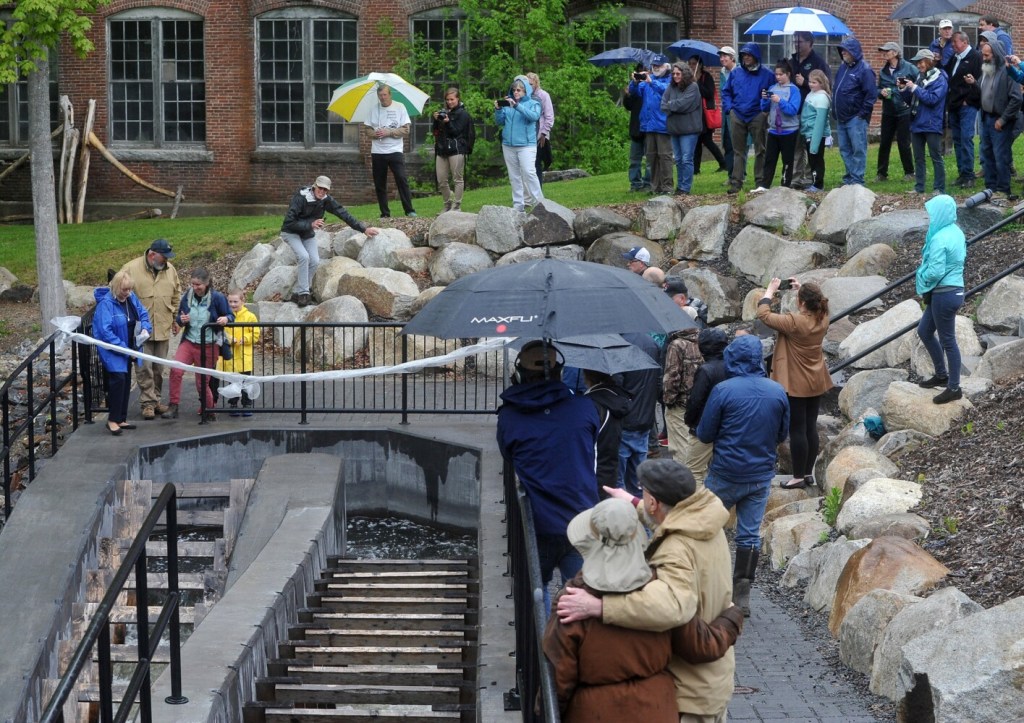
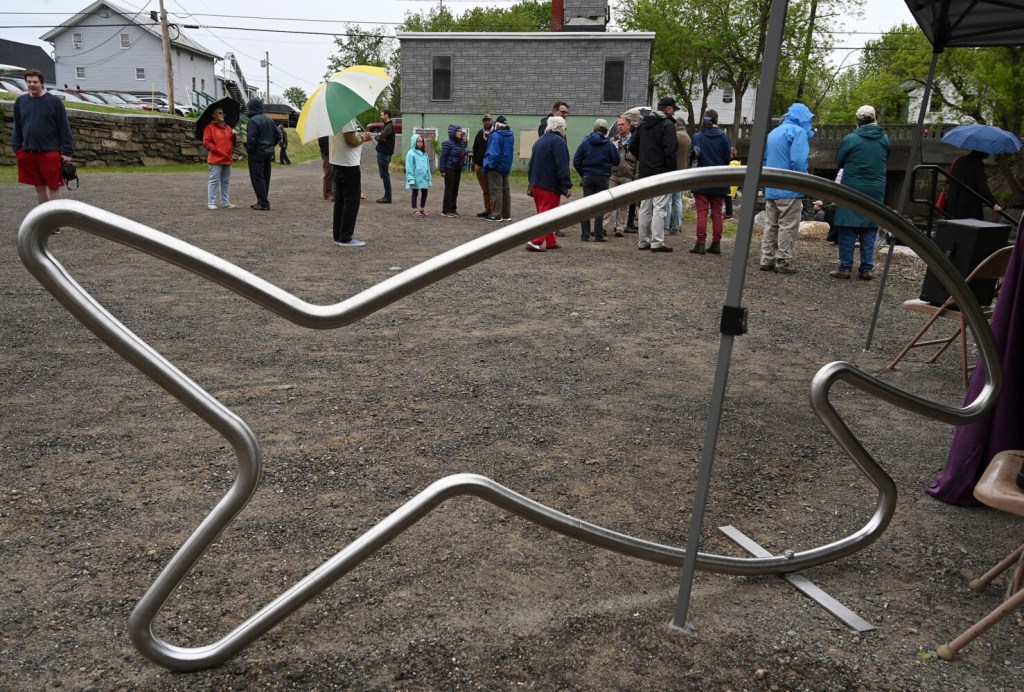
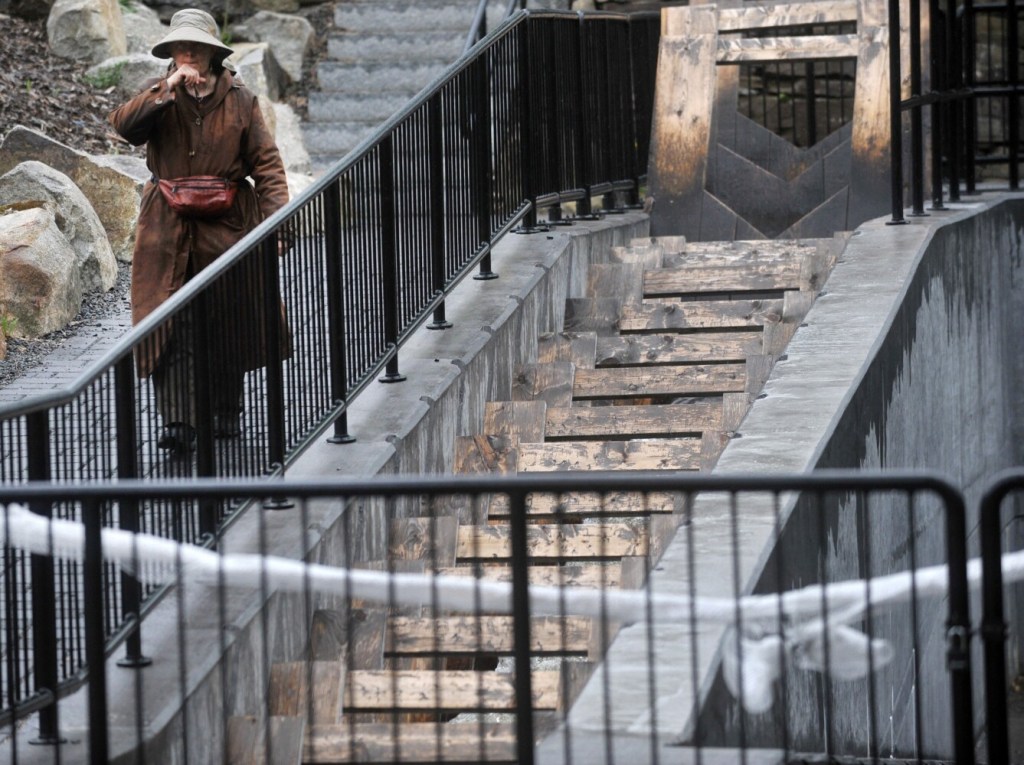
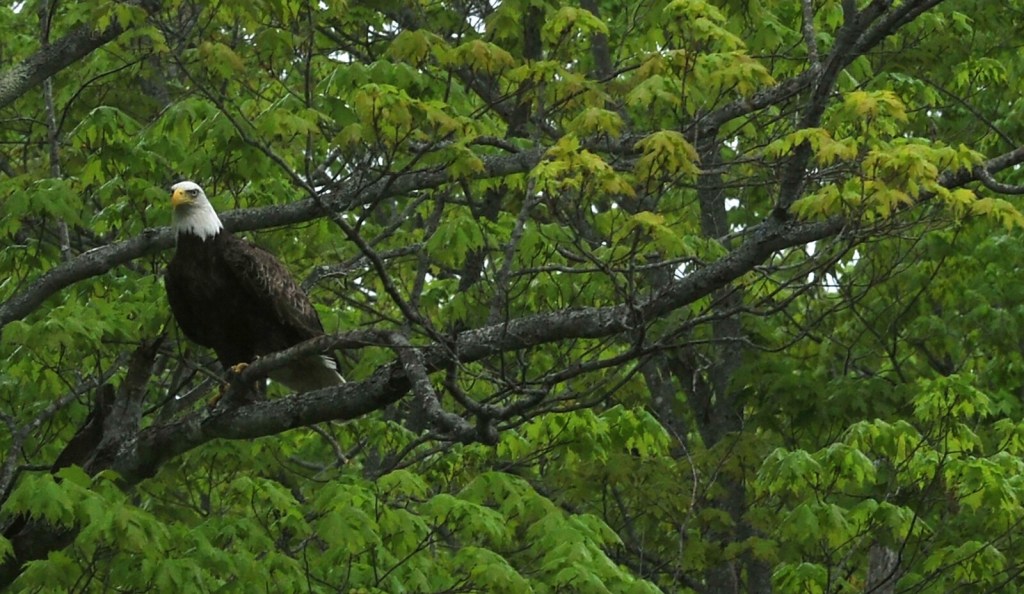
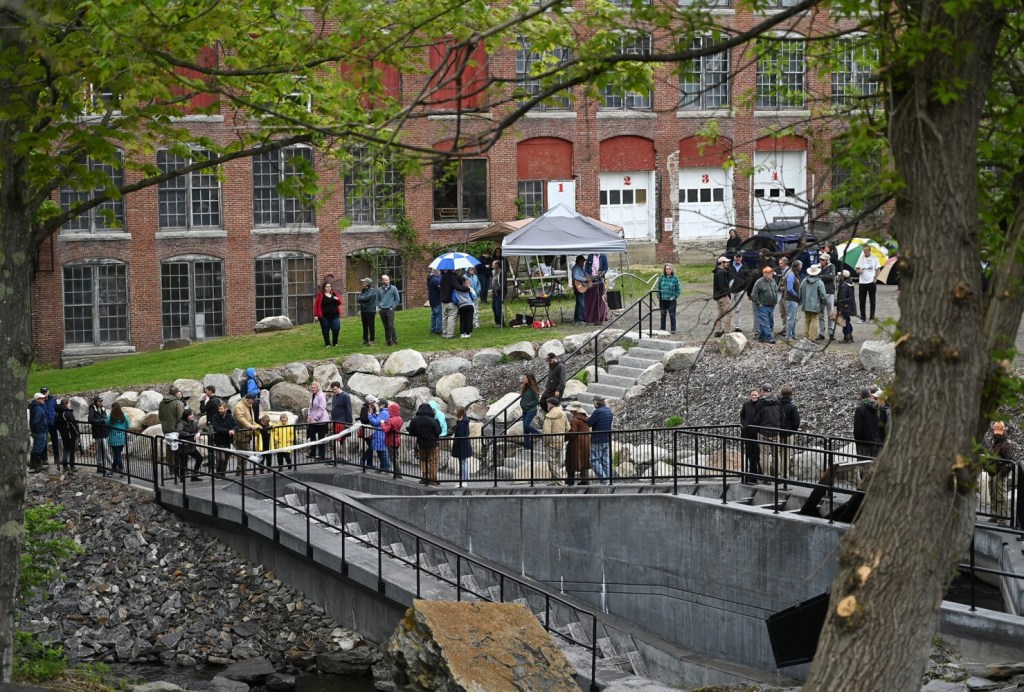
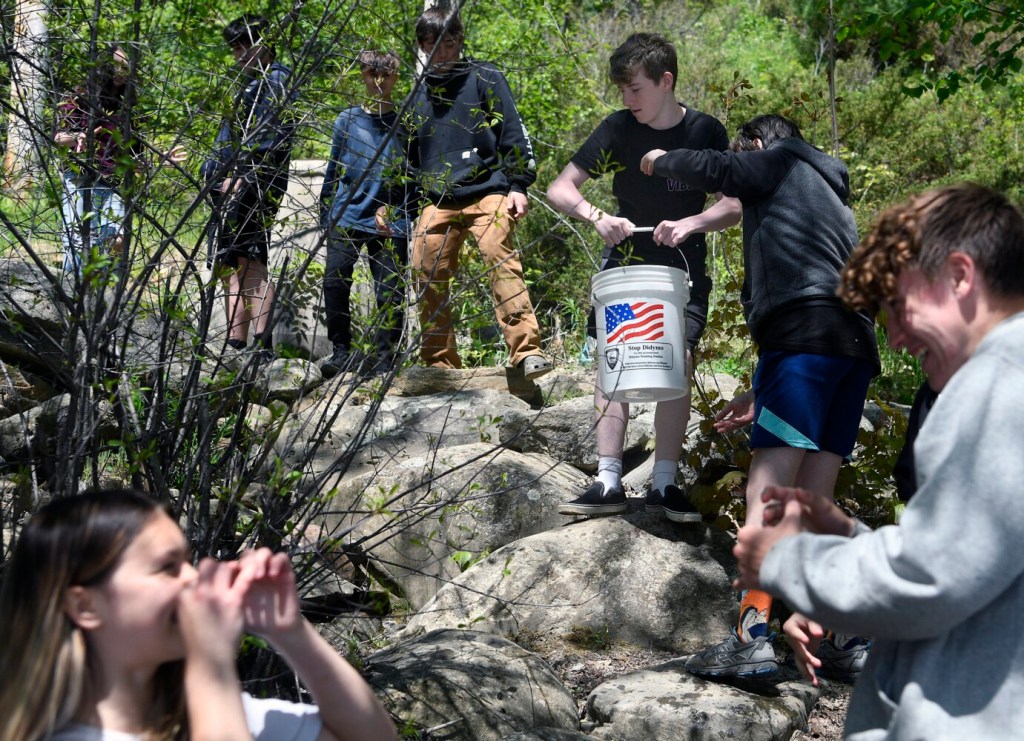
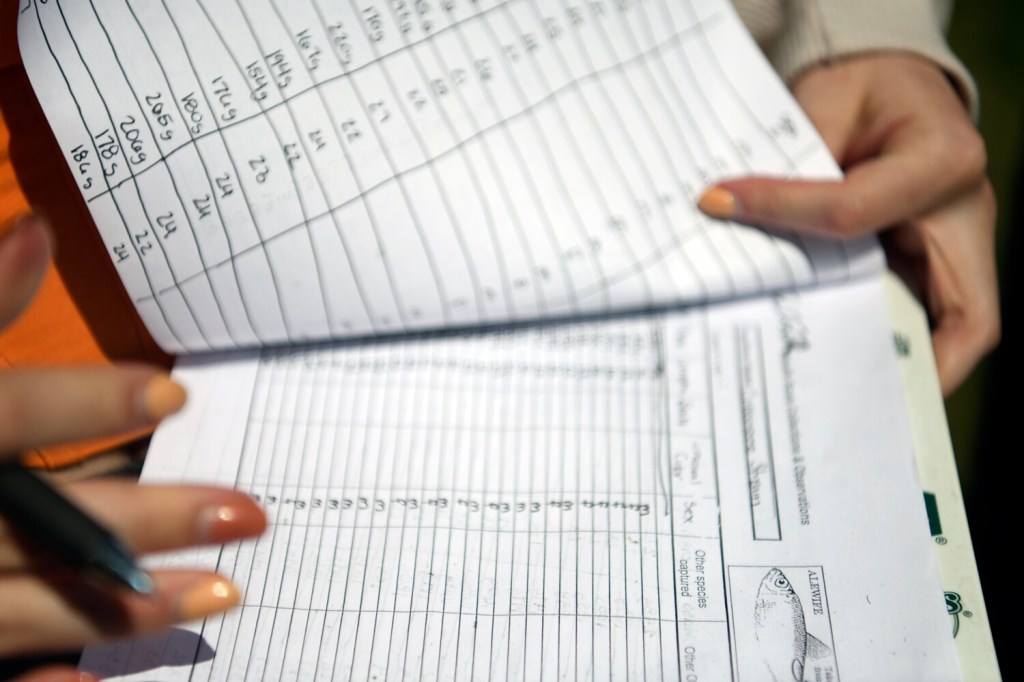
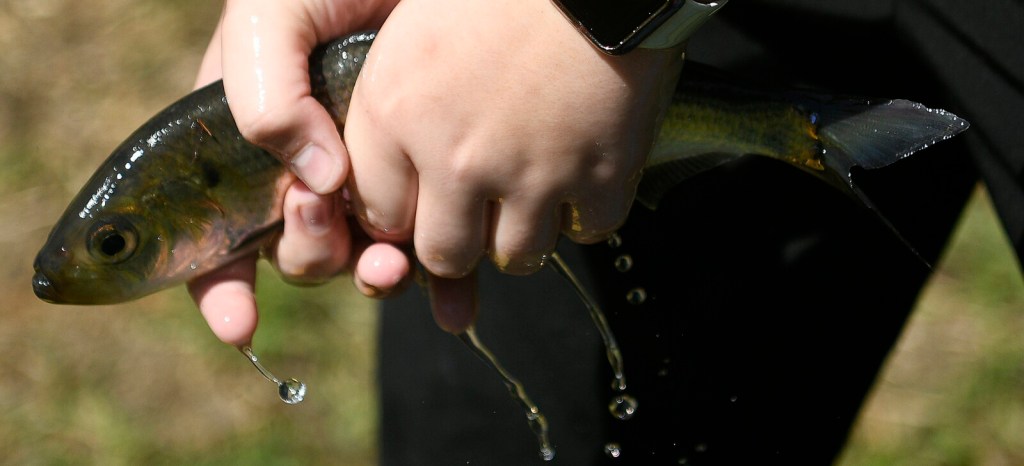
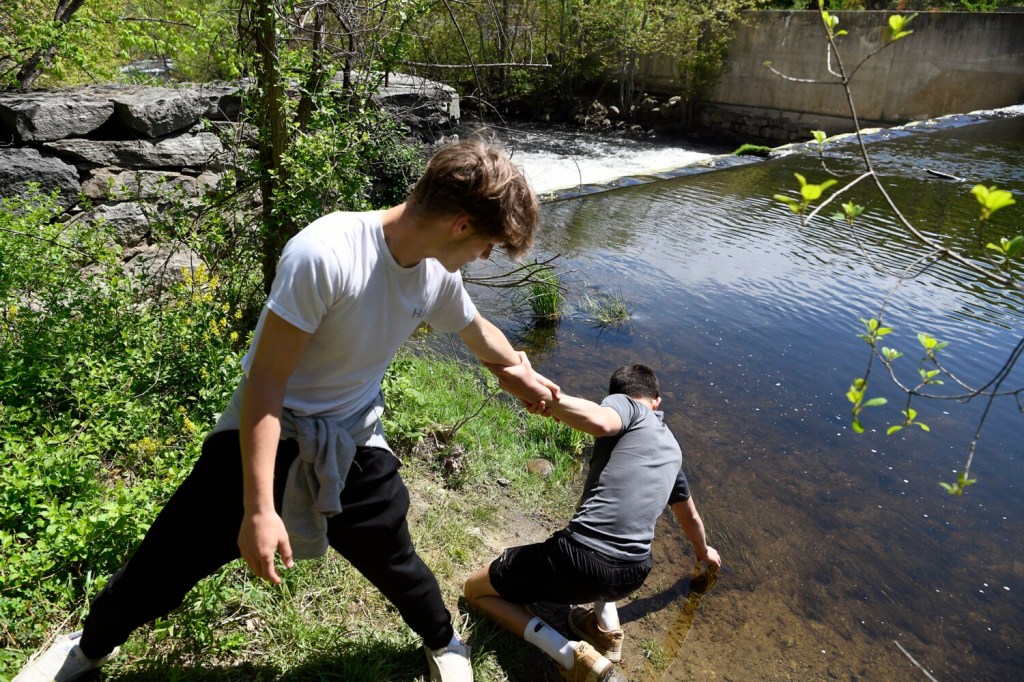
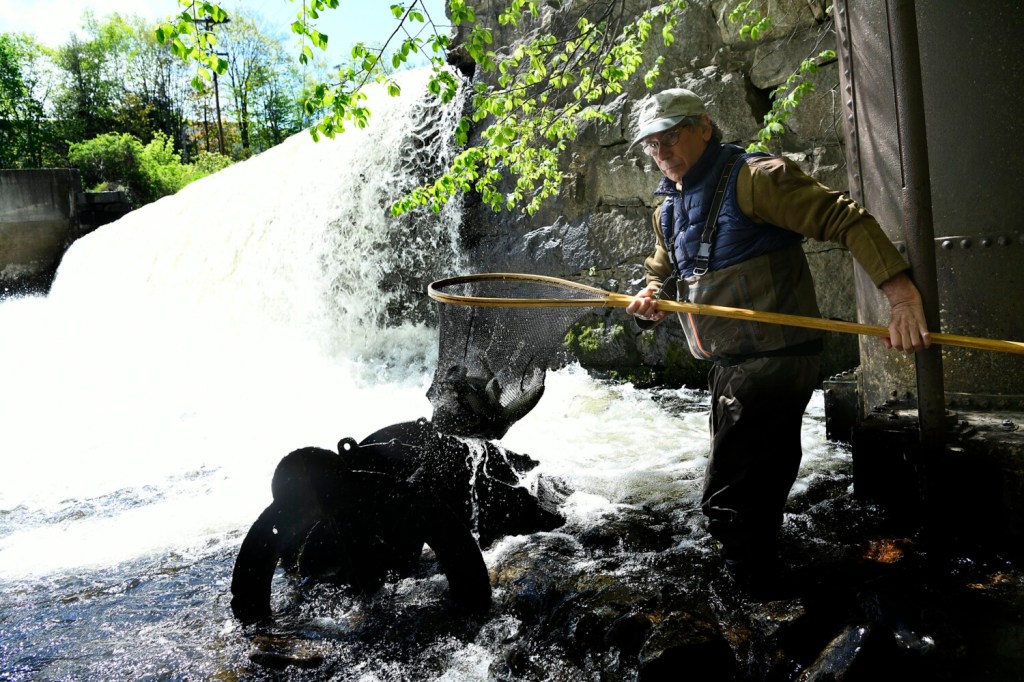
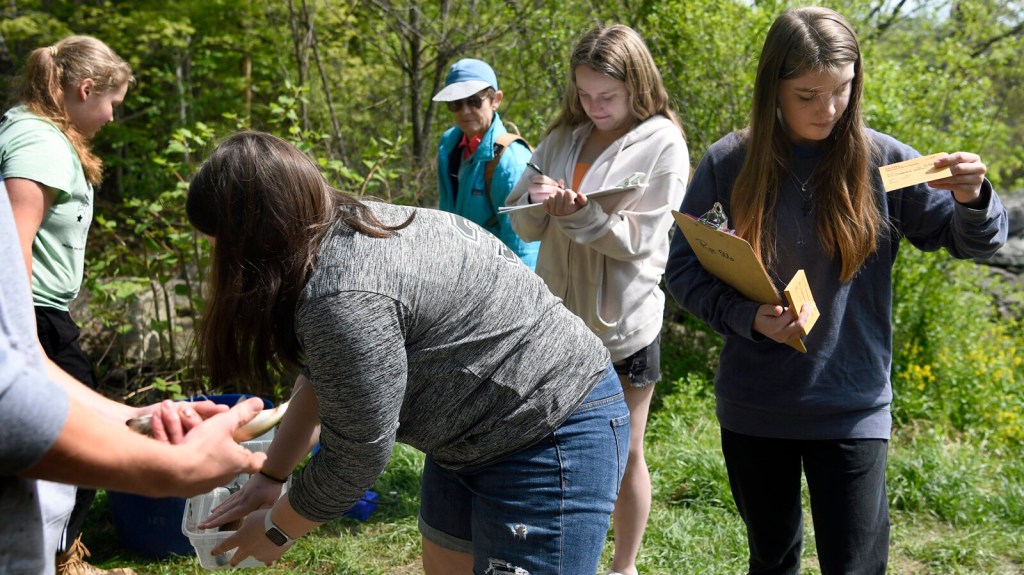

Success. Please wait for the page to reload. If the page does not reload within 5 seconds, please refresh the page.
Enter your email and password to access comments.
Hi, to comment on stories you must . This profile is in addition to your subscription and website login.
Already have a commenting profile? .
Invalid username/password.
Please check your email to confirm and complete your registration.
Only subscribers are eligible to post comments. Please subscribe or login first for digital access. Here’s why.
Use the form below to reset your password. When you've submitted your account email, we will send an email with a reset code.